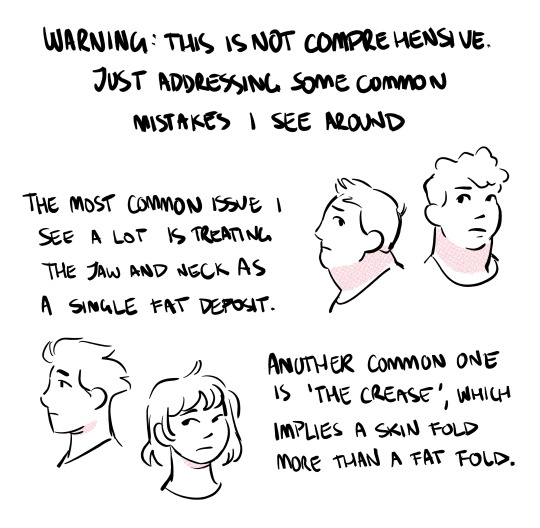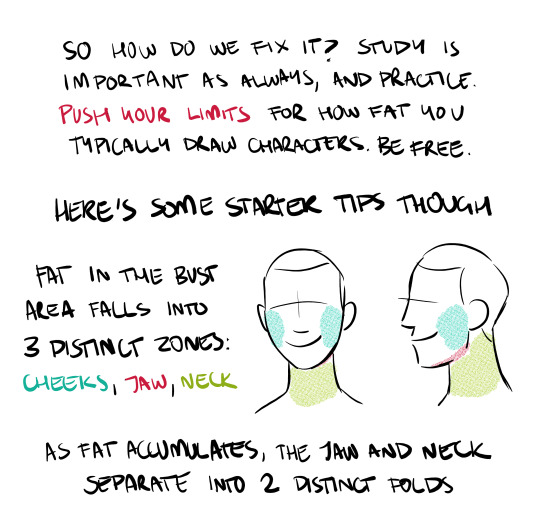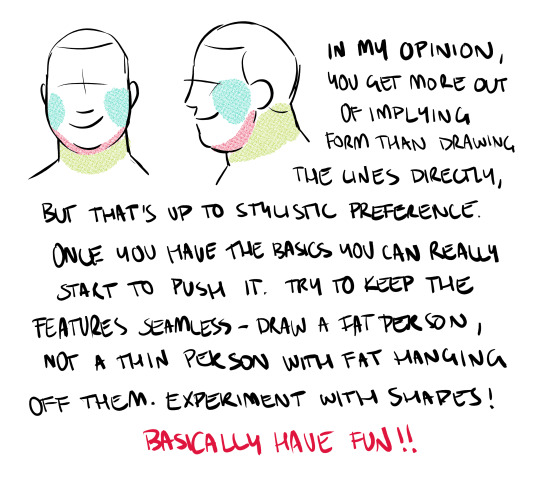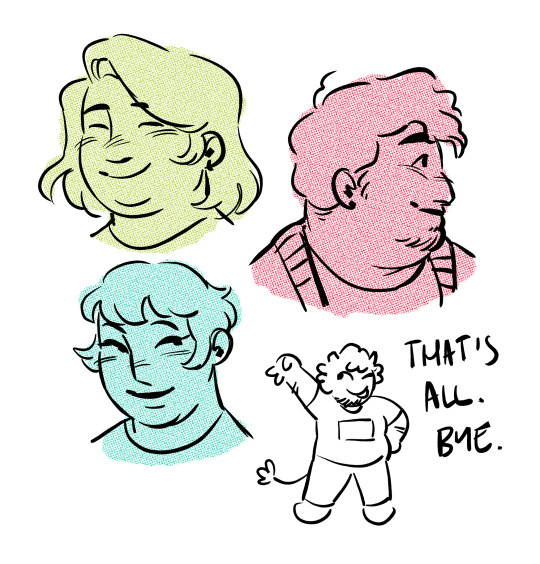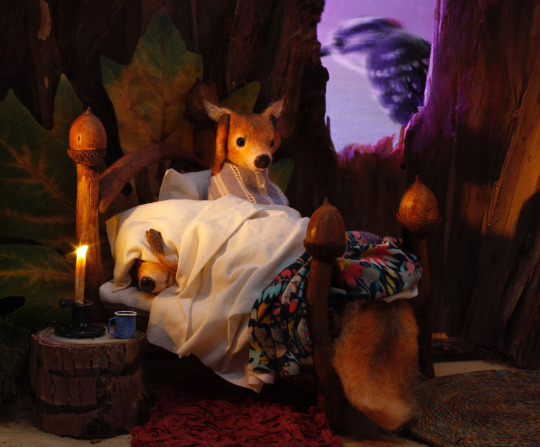Textile Designer - Illustrator - Cloud-Appreciator. lucykagan.com
Don't wanna be here? Send us removal request.
Text
cruelty is so easy. youre not special for choosing it
243K notes
·
View notes
Text
something i am trying to do more lately is be better at recognizing the signs that i'm crashing/hitting burnout. mainly i notice when i'm just tired all the time, and when every little new thing i have to do feels like too much. and there's the classic signs too like not being able to enjoy creative pursuits, being on my phone/watching easy tv more, etc etc.
but also its:
when i stop making meals for myself and rely on really easy things like frozen food and bagels and cereal
when i stop actively talking to my family because it feels like work (i love them and they're great but also sometimes family is work y'know?)
when i start lacking any capacity to be the one to organize and make plans at all - this is normally a role i take on, and when i'm burnt out it just disappears
when i stop showering (because i shower before bed, and it means i'm too tired to do that)
when i start pushing back bedtime because i'm doing too much during the day and just want some down time before bed (and thus go to bed later)
the point of this is just to list it for myself, but also to say that if you notice that a lot of your life feels like you're trying to make things as easy as possible right now - maybe you're burning out! maybe notice your own warning signs of burnout if you can!
94 notes
·
View notes
Text
So excited for this!!

Hi!
I know I'm an elusive cryptid online, so I want to do a proper introduction!
The most important thing you need to know about me is...
My comic book ANZU AND THE REALM OF DARKNESS is coming out next May, so please preorder it if you love monsters and grumpy dogs and scaredy cat heroines!!!!!
23 notes
·
View notes
Text



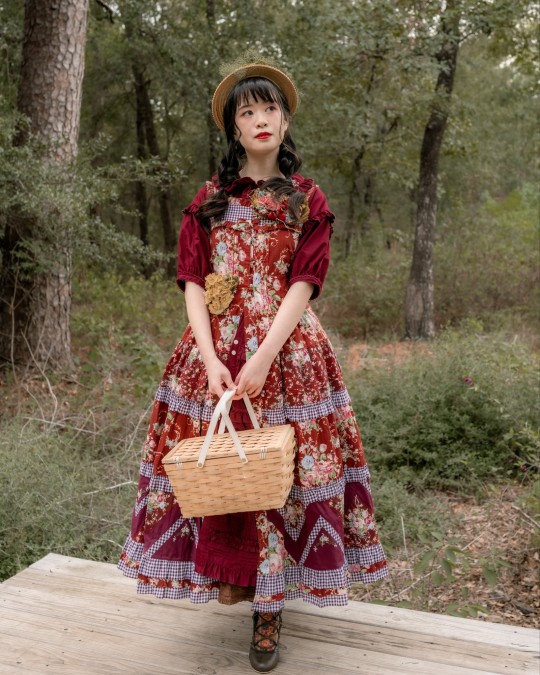


It's that time of year for layered outfits and frolicking in the woods.
OP, overdress: Dear Celine
Underskirt, floral corsage: pink house
Hat, book: antique
Basket: Target :p
Socks: offbrand
92 notes
·
View notes
Text
still thinking about the brainrot that fast fashion has caused in people, like i made this pair of pants that are black and white with a cool flowery design, and an acquaintance saw them and said "wow i'd pay like 20 dollars for you to make me a pair" and i could barely think with how utterly horrified i was at that; i told them that 20 dollars wouldn't even cover the materials, let alone the hours of work that went into cutting, sewing, ironing, hemming, altering, etc. they just had this look on their face when i told them that, when i said i wouldn't make them a pair for even 100 dollars because that was still way too low of an amount, a look that said "you're crazy for thinking that those cost 100 dollars" and maybe i am crazy but holy shit, 20 dollars for a pair of handmade, durable, lined pants fitted specifically to your measurements? 20 dollars for upwards of 60 hours of work? 20 dollars for several yards of high-quality fabric, thread, and buttons? 20 dollars???
105K notes
·
View notes
Text


In my WIP Bitsy "moth child empress game", you consume the four dreams of your alien nursemaids. Tagline: girlboss your way through your larval stage by consuming the sentient dreamscapes of the beings dedicated to raising you to glory. A meditation on waiting.
105 notes
·
View notes
Text
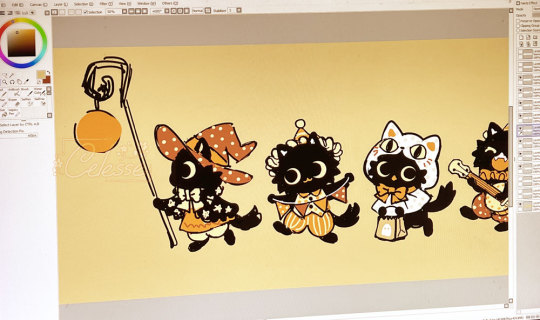
It's starting to get spooky up in here.... 🎃🐈⬛🧡
4K notes
·
View notes
Text


Ursa Major: EGL & J-Fashion Convention
December 8-10, San Francisco, CA
Vendor applications now open!
See bayareakei.org for more details
12 notes
·
View notes
Text
Mini Lolita Fashion History Lesson: MILK
Today, MILK is generally known as an 'otome' or 'girly' brand, and many of their modern items don't look like what modern lolita think of as lolita.
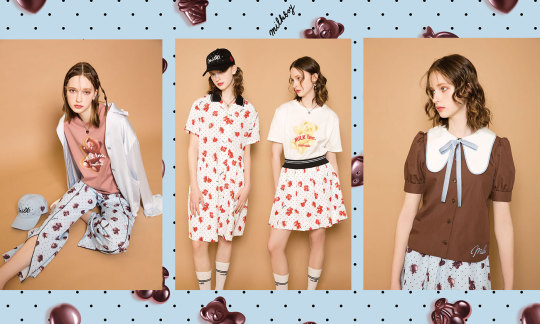
A recent MILK collection However, in the late 80s and early 90s, MILK was considered to be one of the quintessential Lolita brands.
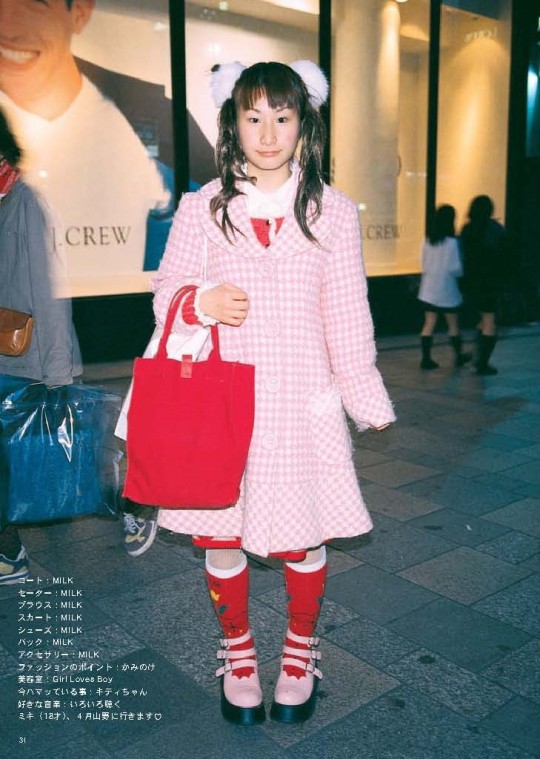
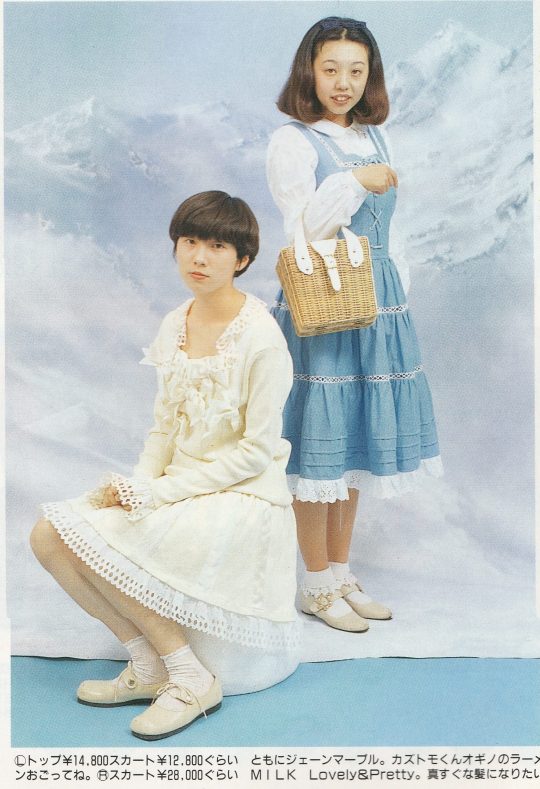
1990s lolita wearing MILK In a 1994 zipper interview about the history of lolita fashion in the brand representative "I think what is now called lolita fashion is the fashion that milk has been making for a long time."

MILK was founded in 1970 by Hitomi Okawa (大川ひとみ). When Hitomi Okawa started as a designer there were not many DC brands yet and ready to wear fashion was really just starting to become more widespread in Japan. Okawa attended an art university in Kyoto because of a love of drawing that started in elementary school. She used to draw illustrations of girls and make things like paper dolls. At the age of 11, she drew many pictures of the same clothes and changed the patterns (polka dots, checks, flowers). She grew up the daughter of a doctor, in an affluent home where her mother would read magazines like Harper's Bazaar with 1950s and 1960s American fashion. She also looked at American fashion catalogs as a child, and cites this study of clothing in magazines and catalogs as her earliest sort of "studying" of fashion.
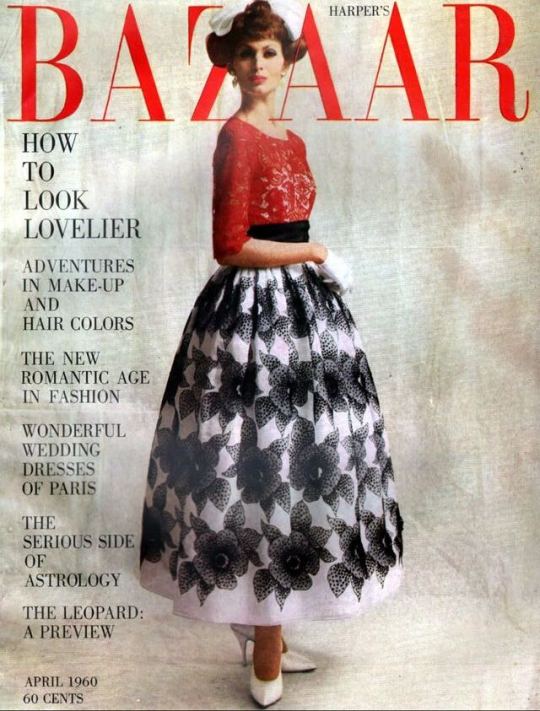
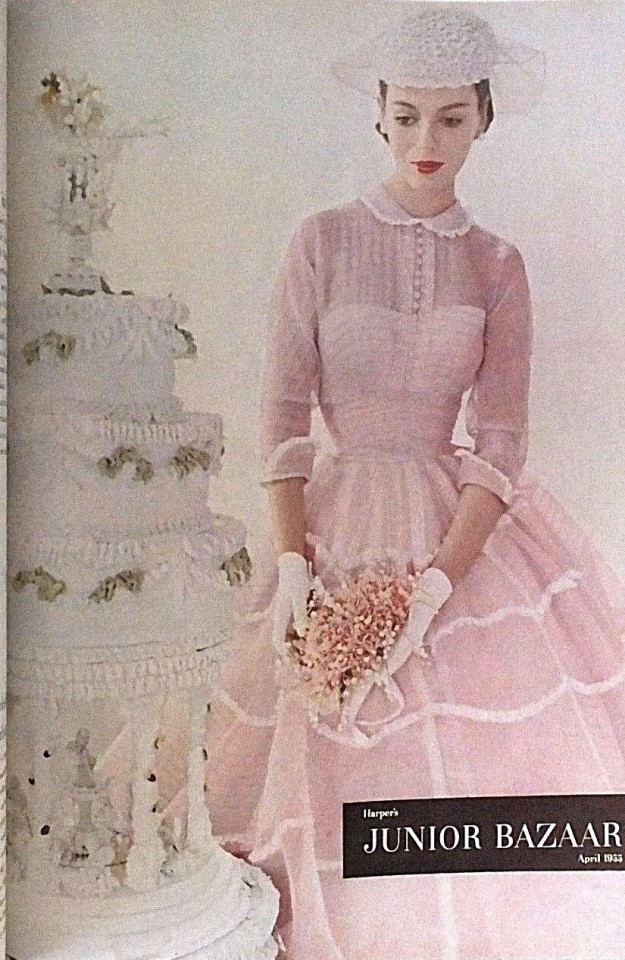
50s/60s Harper's Bazaar In addition to drawing inspiration from the 50s & 60s Harper's Bazaar & American clothing catalogs, she also drew inspiration from military uniforms and how they have custom buttons and custom fabric and details like that, as well as current trends in London and Tokyo as the brand continued to develop. When she started however, she says that she was the only one making this sort of cute girly clothing in Japan and she felt like she had to make it because no one else was making what she wanted to wear.
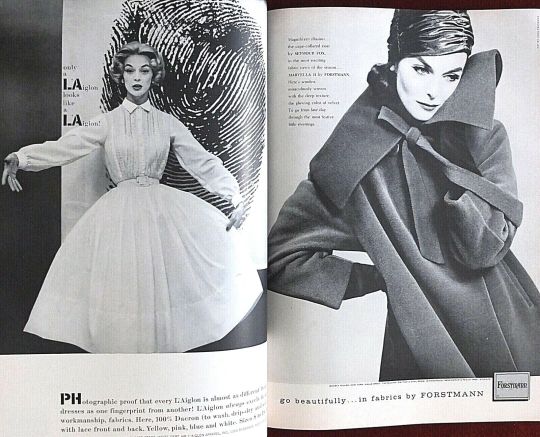
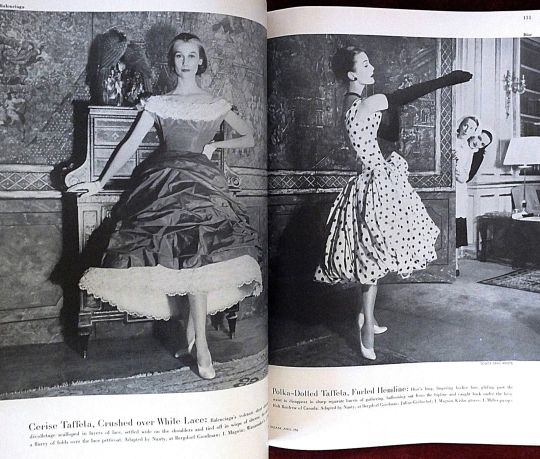
50s/60s Harper's Bazaar
After graduating from Seian College of Art and Design, Department of Design, she started MILK in Harajuku. She wanted to start in the coolest place possible, so she decided on Central Apartment.
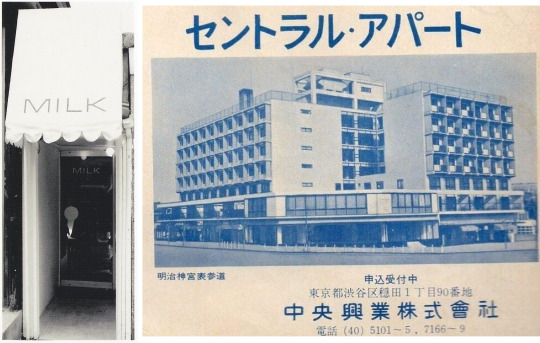
MILK Shop Front in the 70s, Central Apartment
She had come to Harajuku when she was either in High School or her first year of University and had stood in the middle of the pedestrian bridge right off Harajuku station, and she looked down at Omotesando and thought "Here is the coolest place, I want to be here!", and that's why she chose that location. The Bridge doesn't exist any more, it was torn down in 2011. She wasn't aware at the time that Central Apartment was a popular place for creators, she just thought that street was nice and that Central Apartment was modern and cool. In a 2021 interview she confessed that she sometimes still goes up to the pedestrian bridge on the Yoyogi Park side and looks at Omotesando, and when she does, she feels the same way she did when she was 20 years old.
Central Apartment (原宿セントラルアパート) was initially an apartment complex built in Harajuku in 1958 at the intersection of Meiji-dori. It was initially built for special international travelers like US military personnel. In the mid 1960s/early 1970s, the lower floors were converted into stores with offices in the upper apartment floors.
The Coffee shop Leon on the first floor was a popular spot with creative people. There were also shops like Mademoiselle Nonnon launched by designer Taro Aramaki which sold French style clothing and lots of horizontal stripes. Mademoiselle Nonnon is considered to be the source of the border (horizontal stripe) trend in Japan.
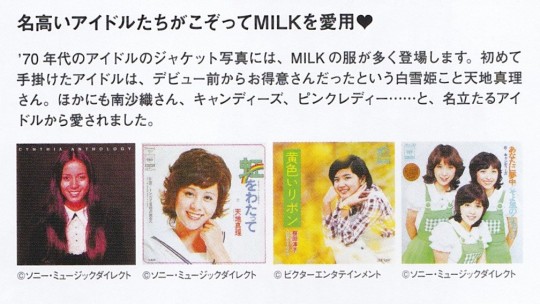
Initially, "MILK", was expensive and unrealistic for everyday wear, so it was mainly used as a stage costume for idols, however, people started wearing Milk as everyday clothing as time went on.
MILK also experimented with a Bridal line in the 70s as well.
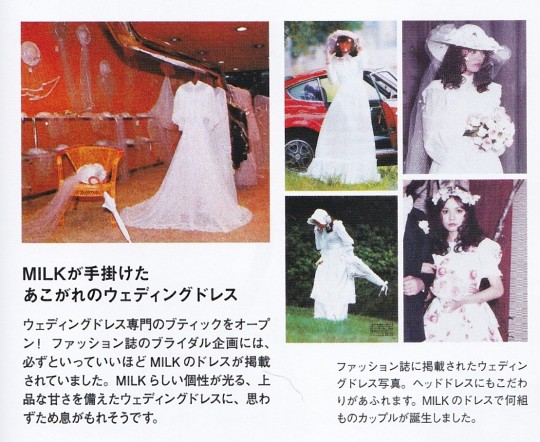
While their runway looks were generally a bit more loud than the way the pieces would have been worn in real life, you can see some prairie revival influence their early 70s items as well as some silhouettes in the '76 collection that are starting to look more lolita-esque.
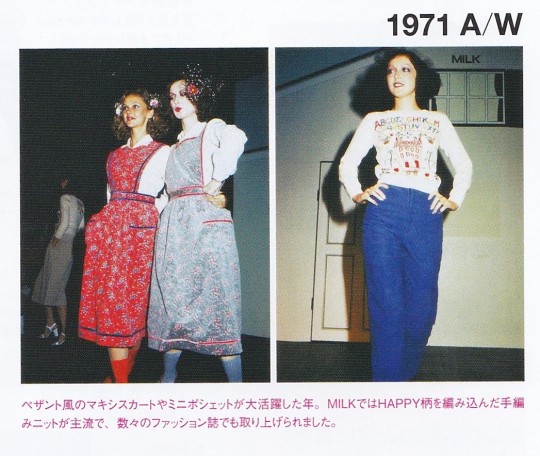
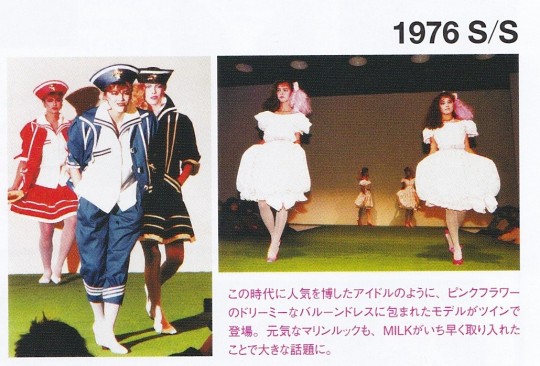
Here are a few runway examples from the 1980s, note the border print of a carousel in the 1988 collection and the knee length ruffled skirt in the 1982 one.
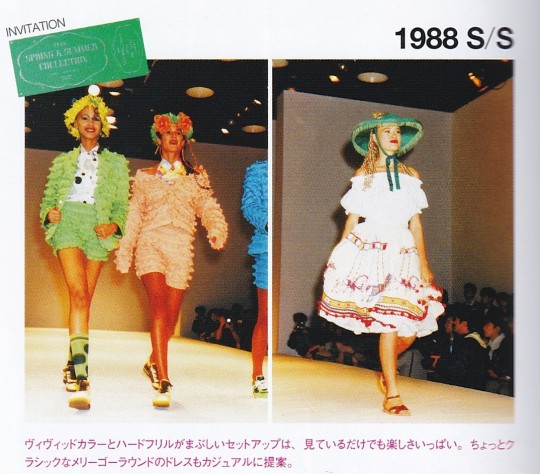
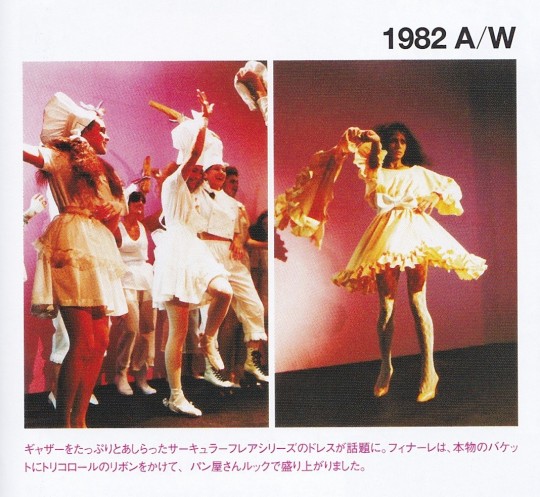
By the early 1990s, MILK was heavily featured in coordinates worn by young women who considered themselves lolita in magazines like Cutie and Zipper, and was also advertising in those magazines.
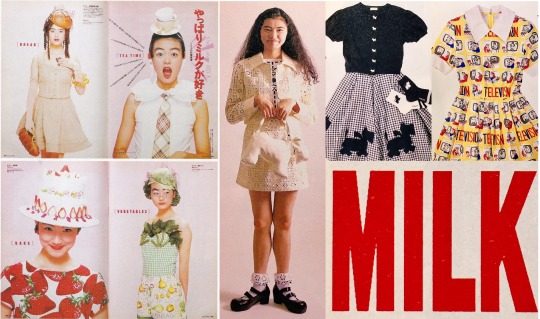
1990-1992 Cutie advertisements for MILK
Early 1990s looks from MILK were fairly consistent with what was on offer from similar shops like PRETTY and Shirley Temple.
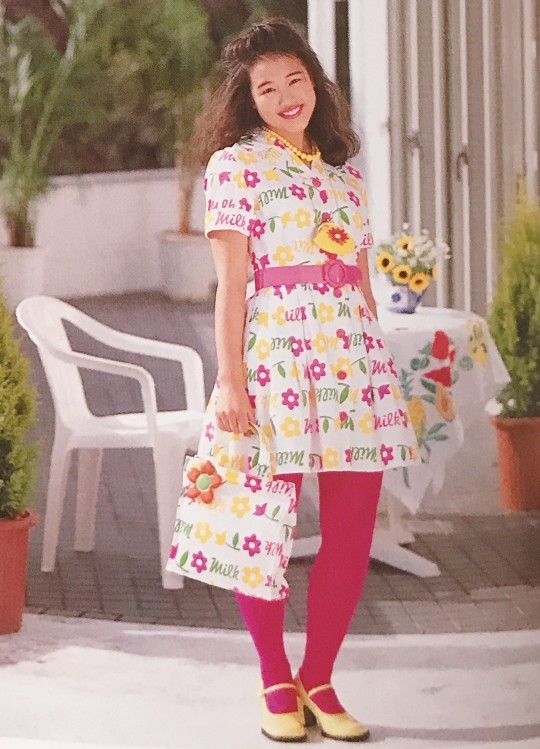
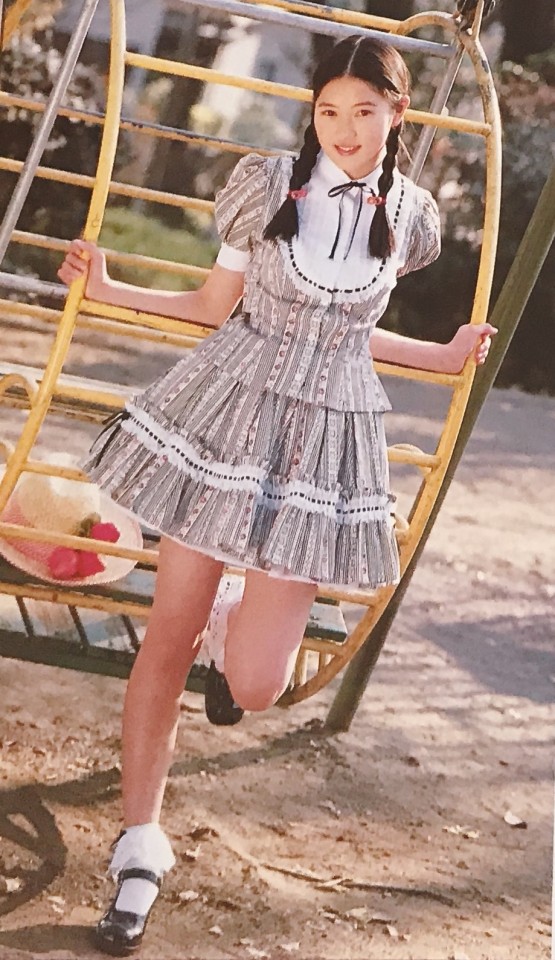
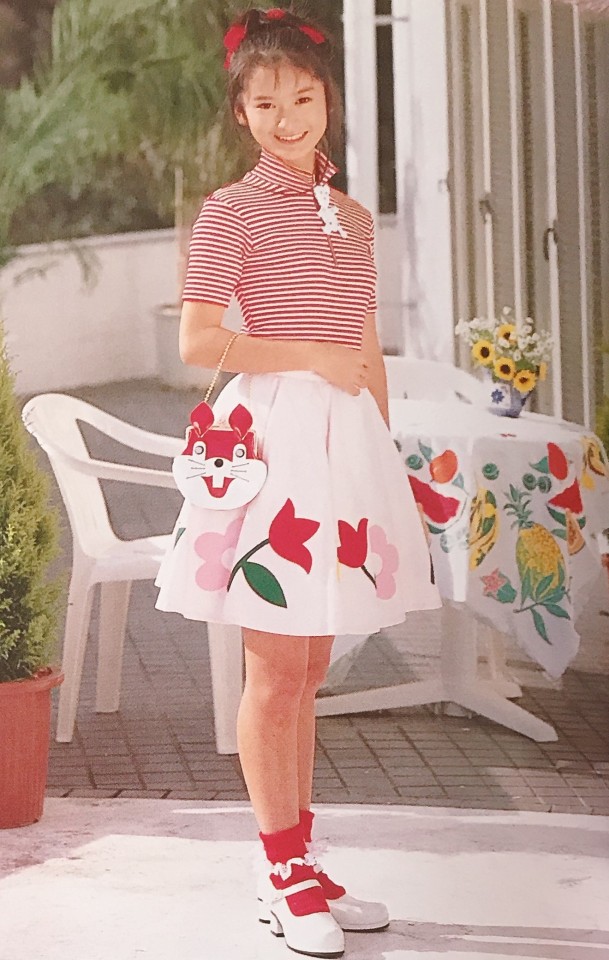
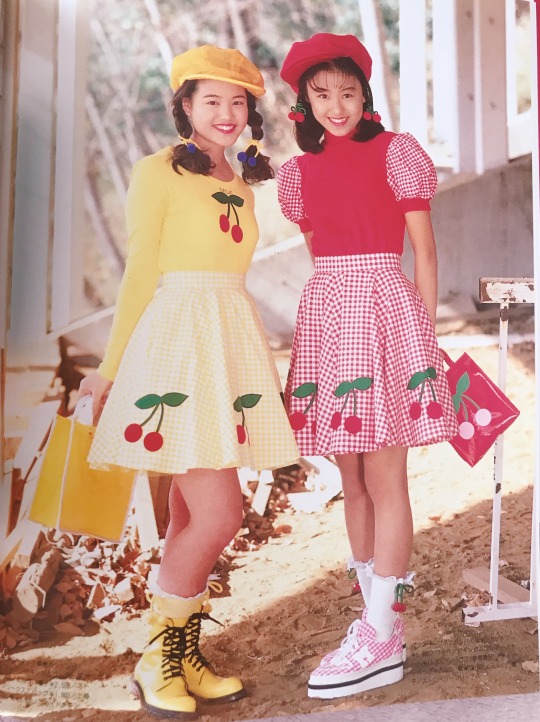
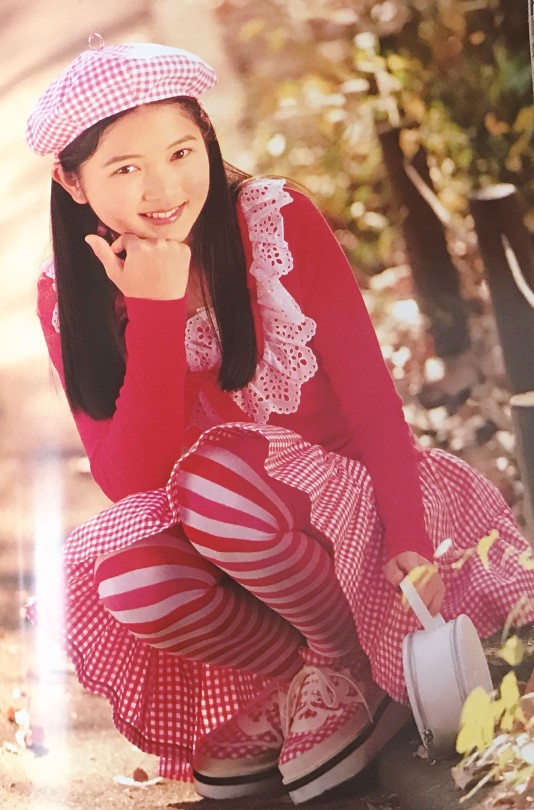
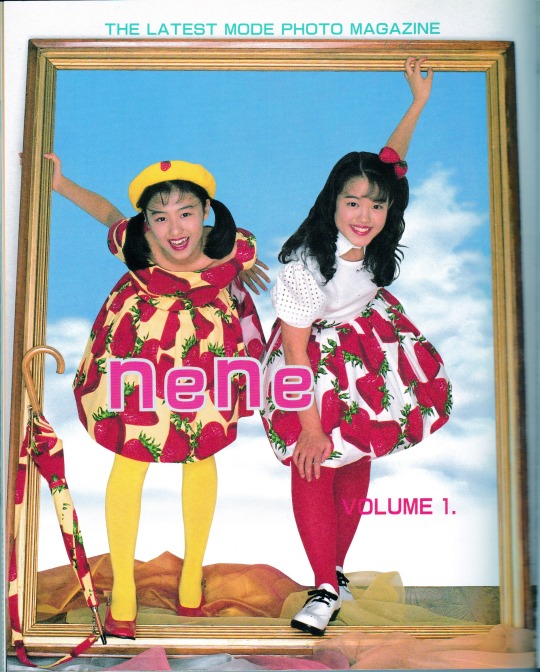
MILK Coordinates from Nene magazine, 1995
Speaking of Shirley Temple, the founder of Shirley Temple, Rei Yanagawa (柳川れい), worked as a designer for MILK before starting the Shirley Temple children's brand in 1974.
As time went on, lolita fashion started to diverge from the MILK style, while MILK followed their own design concept and look more at current trends in girly fashion. Today, some iconic MILK items like their heart purse are still frequently used in lolita fashion, however, it would be difficult to walk into MILK today and put together a coordinate that would read the same as one made from items at Angelic Pretty.
While goth and punk brands typically have no issue relating themselves to goth or punk fashion, brands popular with lolita have sometimes resisted self-describing themselves as lolita, most likely in an attempt to not alienate non lolita customers, due to lolita fashion having a mixed reputation. MILK, like many other Japanese brands, especially DC brands, maintains that they make MILK style, even though their influence on what we call lolita fashion today, is unmistakable.
Past Posts: Olive Girls
348 notes
·
View notes
Text


I hosted a Lolita 101 for Fanime this year, and it ended up being an insanely long panel and I didn't actually end up having time to finish the entire presentation oops.
Here are the presentation slides - it includes links to resources including shopping guides, community directories, videos, blog posts, etc.
You can use the table of contents to skip around, and clicking the spacebar/clicking will bring up the animated pop-up links (pressing next and back doesn't really work for that, unfortunately).
69 notes
·
View notes
Text






Sketchbook January-March 2023
If you miss seeing my sketchbook pages, they are all on PATREON.
532 notes
·
View notes
Text
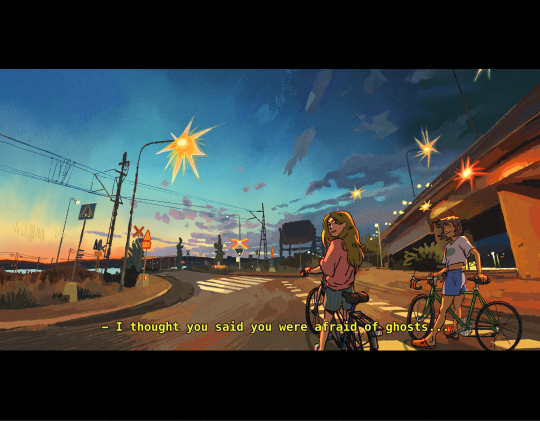
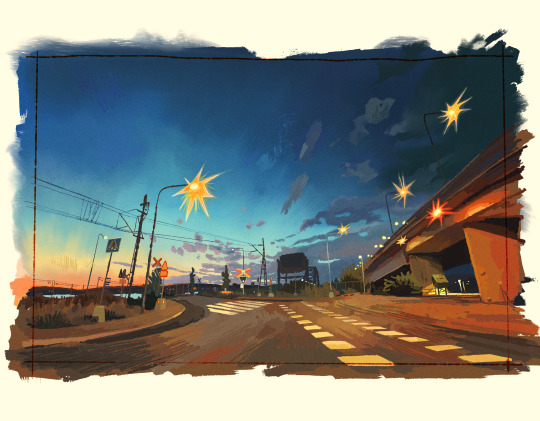
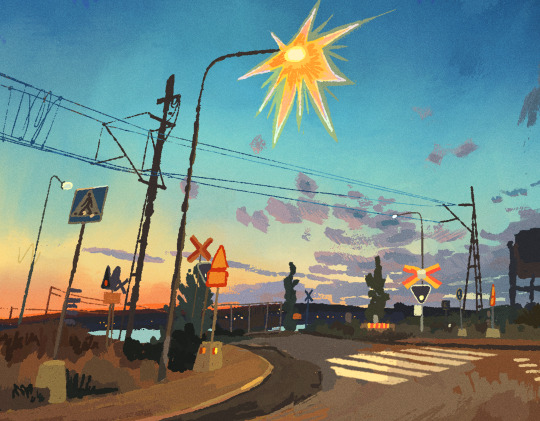

bg practice from a photo i took some summers ago, biking home.
11K notes
·
View notes
Photo
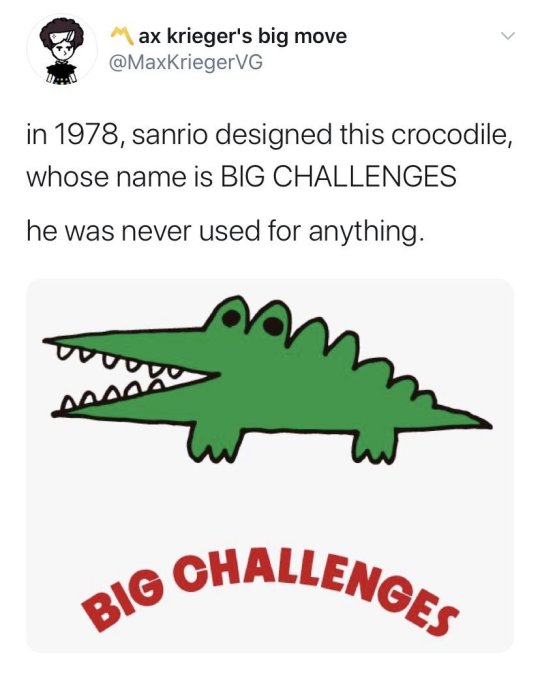
the time has come for Sanrio to bring back Big Challenges
113K notes
·
View notes

